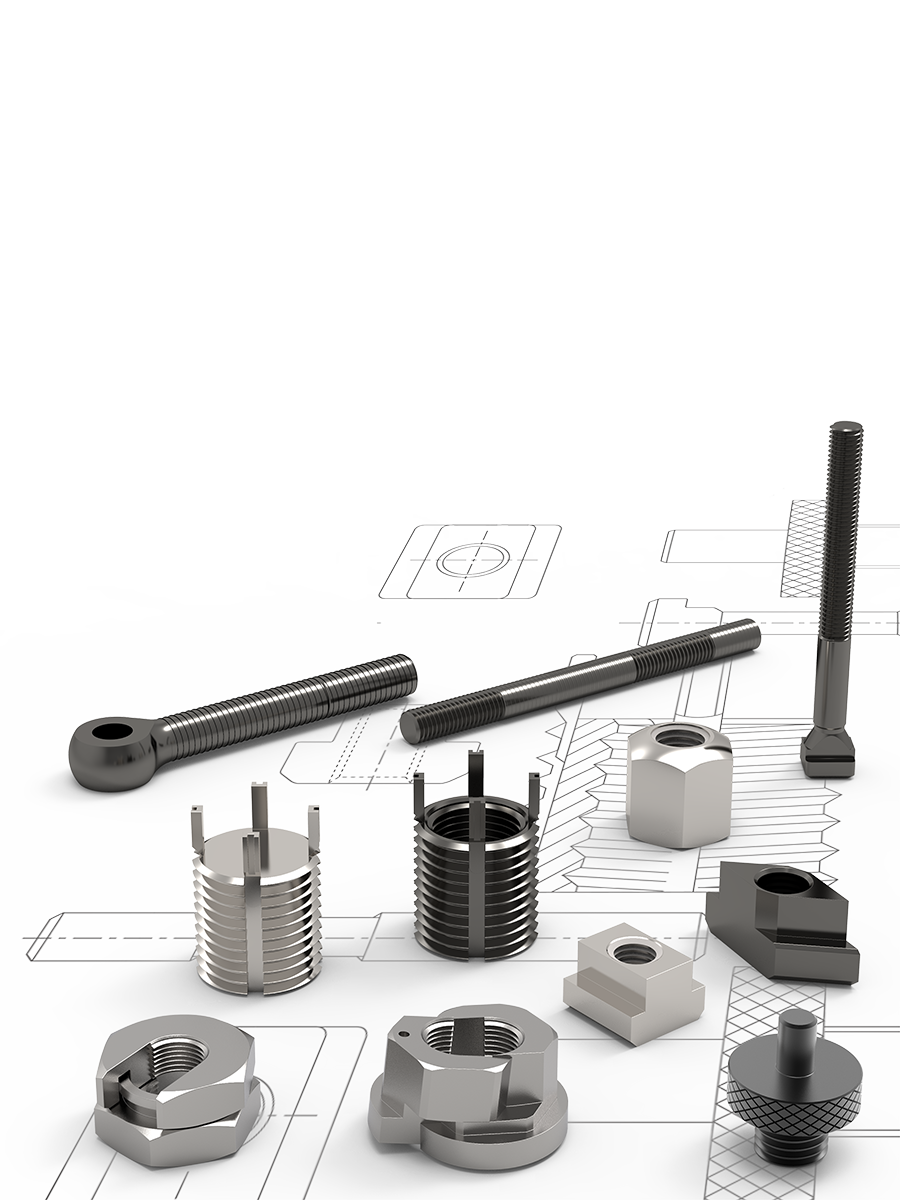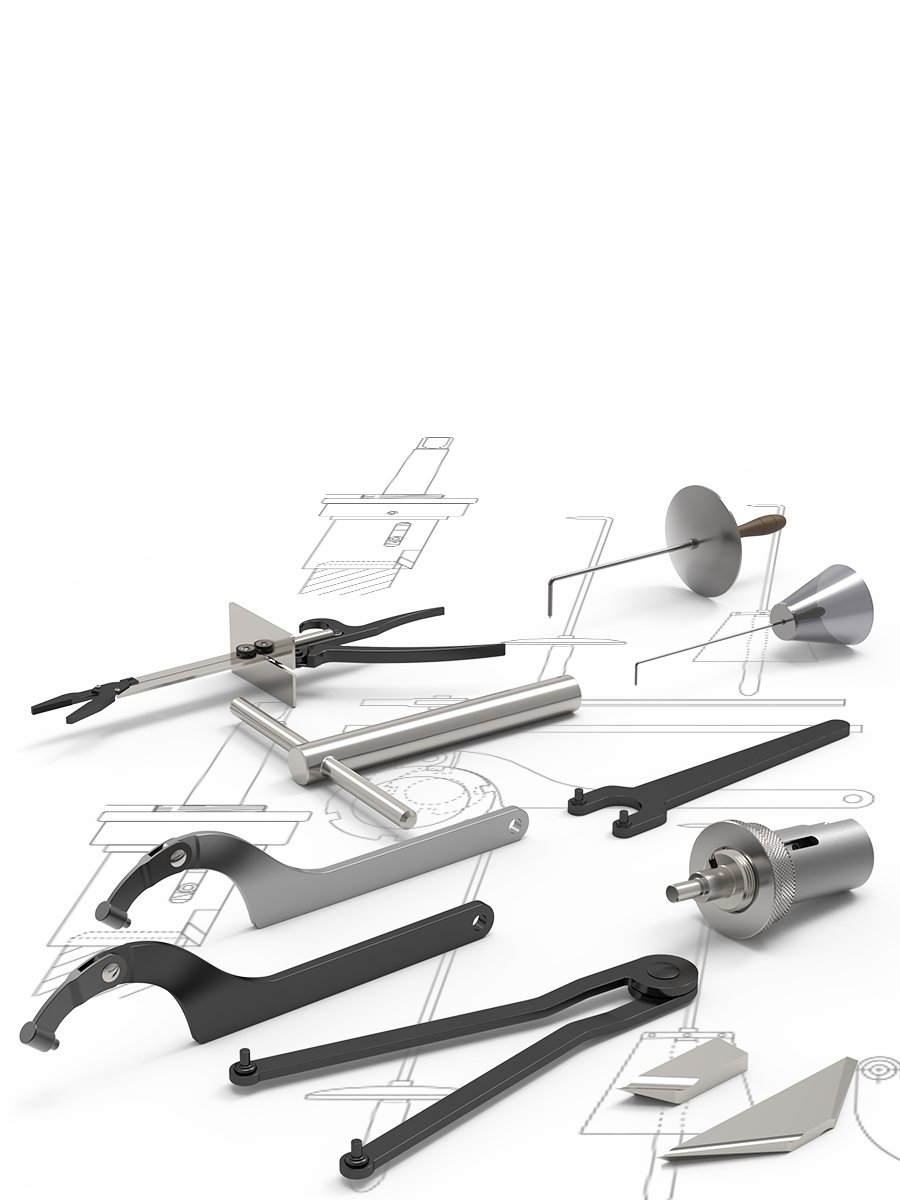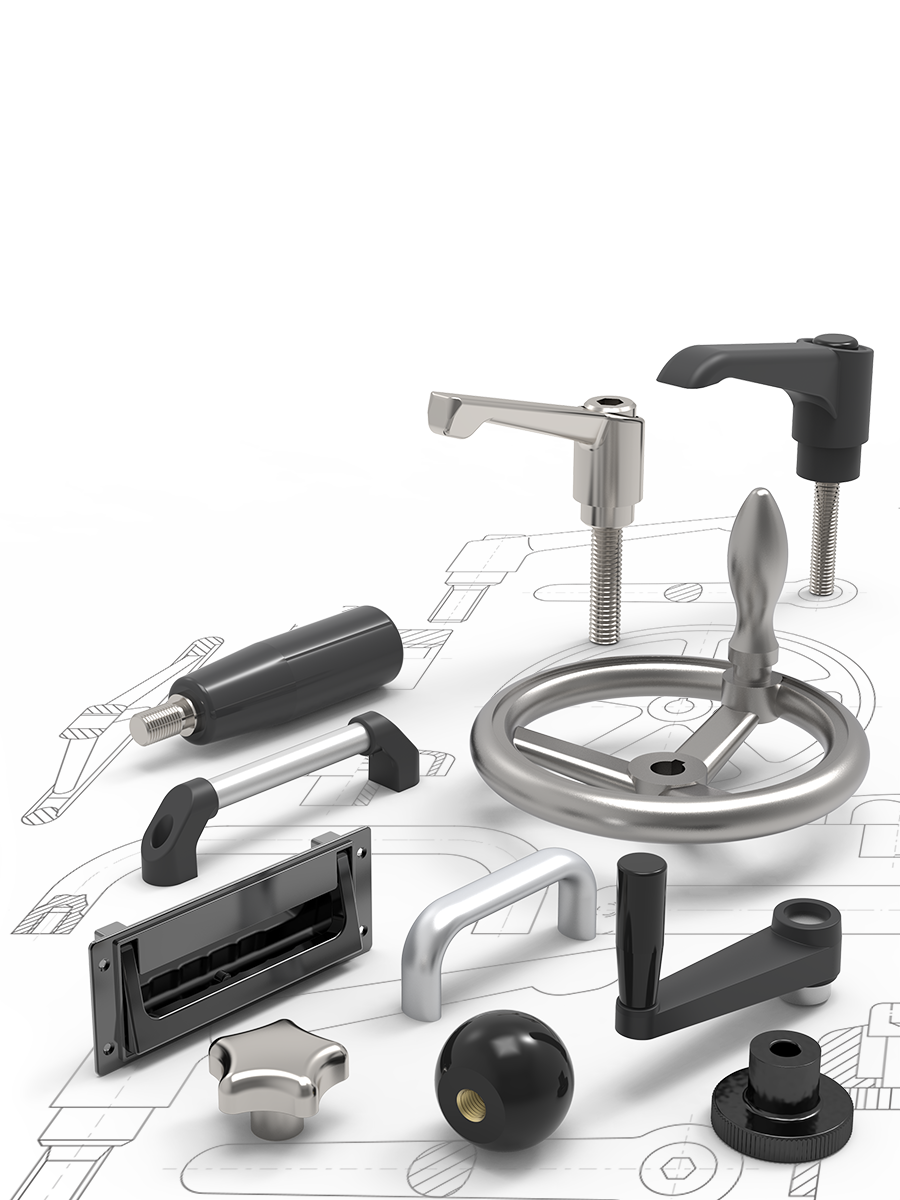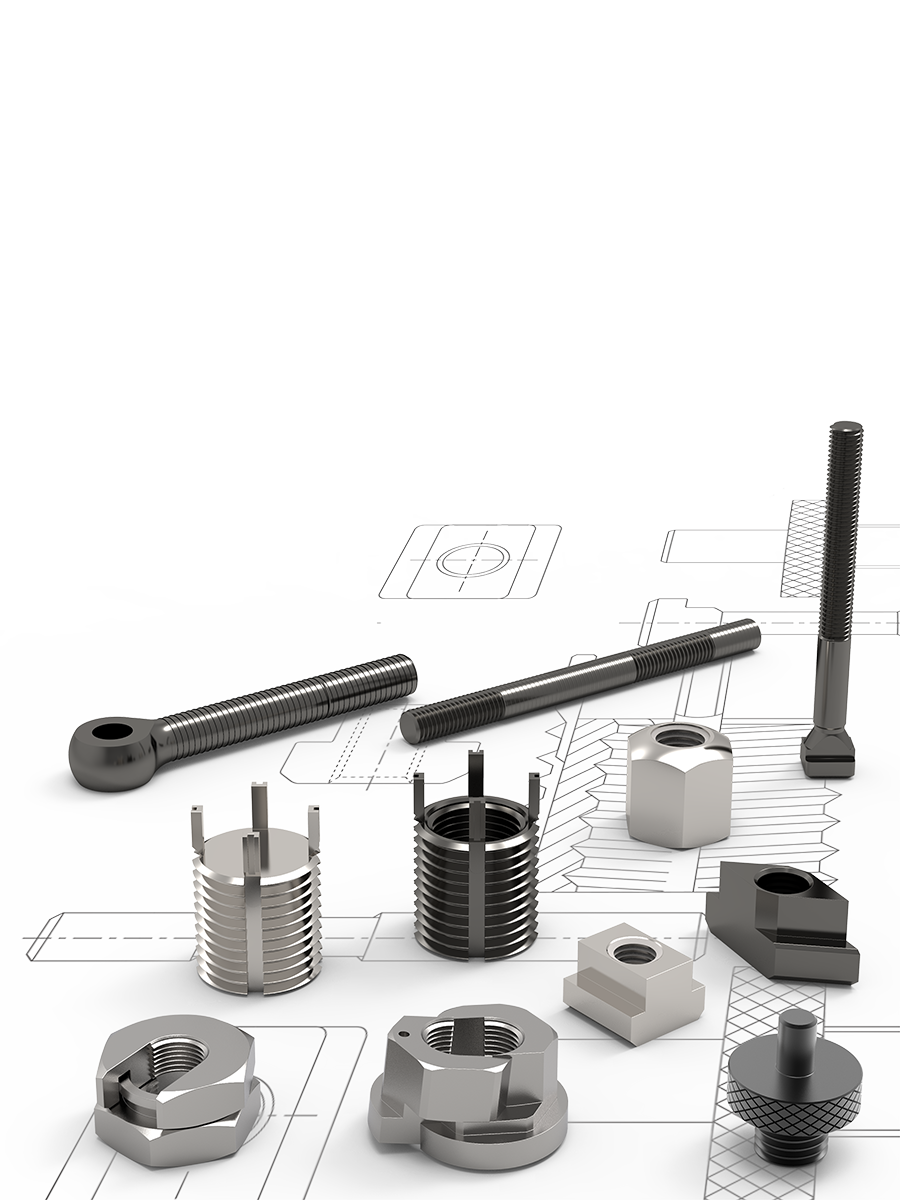Spherical-plain Bearings
Installation
Permissible Load
The maximum permissible load is calculated by using equation 1. If static loads are a combination of radial and axial loads, the equivalent static load will have to be calculated using equation 2.
Permissible load
Equation 1 Pmax = C0 • C2 • C4
Equation 2 P = Fr + Fa ≤ Pmax
Temperature factor C2
Up to 60°C 1,0
60°C to 80°C 0,8
80°C to 100°C 0,7
100°C to 120°C 0,8.
Pmax = Maximum permissible load (kN)
C0 = Static basic load (kN), see individual product pages
C2 = Temperature factor, see below
C4 = Factor for type of load, see below
P = Equivalent dynamic load (kN)
Fr = Radial load
Fa = Axial load (kN)
Condition: Fa ≤ 0.2 • Fr

Temperature factor C2
Up to 60°C : 1,0.
60°C to 80°C : 0,8.
80°C to 100°C : 0,7.
100°C to 120°C : 0,8.
Permissible sliding velocity
The permissible sliding velocity of heavy-duty rod ends mainly depends on the load and temperature conditions. Heat generated by friction in the rod end housing is the main limitation on sliding velocity. When selecting the rod end size, it is necessary to determine the sliding velocity and the pv-value, which is a product of the specific bearing load p (N/mm2) and the sliding velocity v (m/s).
Specific Bearing Load

Mean Sliding Velocity

Nominal Service Life

Alignment

Calculation example
The rod ends assembly of conveyor equipment calls for heavy-duty rod end with a service life 7000 hours in conjunction with an alternating acting load of 5 kN. 25 swivelling moments with a swivelling angle of 20° take place per minute. The operating temperature amounts to approx. 60°C. The choice is a heavy-duty rod end 65880.W0115 with: C = 13,4 kN, d3 = 22mm.
Checking the permissible load of the rod end

Checking the permissible sliding velocity

Checking the p.V-value

Nominal Service Life

Radial Static Load
The ultimate Radial Static Load rating is measured as the failure point, when a load is increasingly applied to a pin through the Rod End's bore and pulled straight up while the rod end is held in place. Note that, the actual rating is determined by calculating the lowest of the following three values:
1. Raceway material comprehensive strength (R value)
R = E x T x X
2. Rod end head strength (H value, cartridge type construction)

3. Shank strength (S value)
Male Threaded Rod End
S = [(root diameter of thread2 x .78) - (N2 x .78)] x X
Female Threaded Rod End
S2 = [(J2 x .78) + (major diameter of thread x .78)] x X

E = Ball diameter
T = Housing width
X = Allowable stress
D = Head Diameter
N = Diameter of drilled hole in shank of male rod end
J = Shank diameter of female Rod End
Axial Static Load
The Axial Static Load capacity is measured as the force required to cause failure via a load parallel to the axis of the bore. Depending on the material types and construction methods, the ultimate Axial Load is generally 10-20% of the ultimate radial static load. The formula does not account for the bending of the shank due to a moment of force, nor the strength of the stake in cartridge-type construction.
Axial Strength (A value)
A = .78 [(E + .176T)2 - E2 ] x
X = Allowable Stress (see table)
E = Ball diameter
T = Housing width

Email Newsletter
Be the first to receive the latest news and exclusive offers via our newsletter.
Alexia House, Glenmore Business Park
PO19 7BJ Chichester
United Kingdom
0333 207 4497
sales@wixroyd.com
Route via Google Maps
Company registration no: 00496138
Company VAT number GB 408154022












































































































